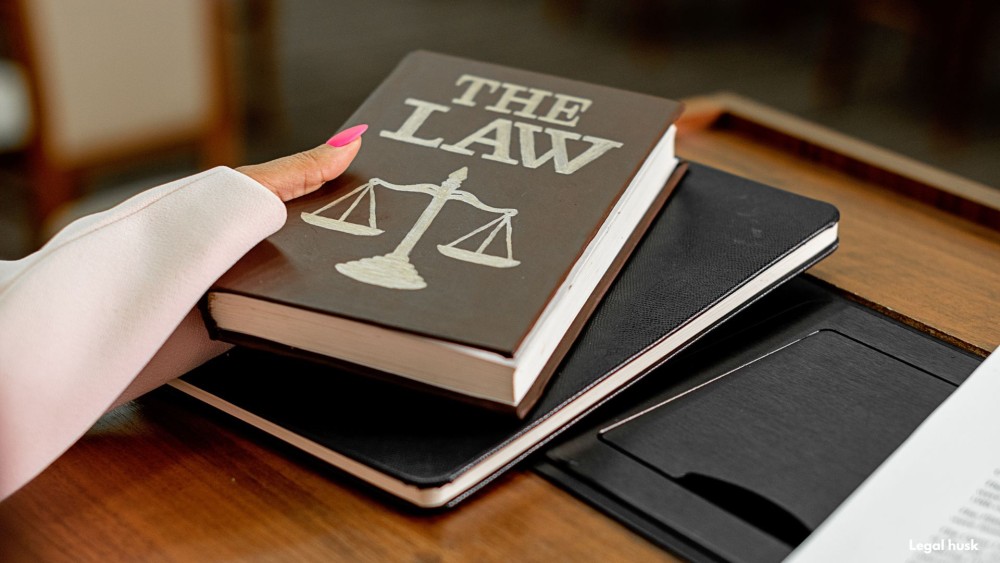Get Your Legal Documents Now!
Whether you are dealing with a complex family matter, facing criminal charges, or navigating the intricacies of business law, our mission is to provide you with comprehensive, compassionate, and expert legal guidance.

Learn about the key elements of a civil complaint, including case captions, jurisdiction, factual statements, legal claims, and requested relief. Understand how to draft a strong complaint to ensure legal success.
A civil complaint is the foundational document that initiates a lawsuit. It must be carefully structured to meet legal standards and effectively present the plaintiff's claims. Understanding the key components of a complaint is crucial for ensuring the case proceeds smoothly in court.
1. Case Caption
The case caption is the heading of the complaint and contains critical identifying information about the lawsuit. It includes:
A correctly formatted case caption ensures that the complaint is recognized by the court and accurately identifies the parties involved.
2. Jurisdiction and Venue
Jurisdiction and venue determine the court’s authority to hear the case. The complaint must specify:
Failure to establish jurisdiction properly can result in the case being dismissed or transferred to another court.
3. Statement of Facts
The statement of facts presents the background and context of the dispute in a clear and chronological order. It should:
A well-organized statement of facts strengthens the complaint by making the claims more compelling and easier to understand.
4. Causes of Action (Legal Claims)
Each legal claim, or cause of action, outlines the specific laws the defendant is accused of violating. This section should include:
Clearly articulating the legal claims ensures that the complaint aligns with legal requirements and increases the likelihood of success.
5. Demand for Relief (Prayer for Relief)
The demand for relief specifies what the plaintiff is asking the court to award as a remedy. This may include:
Clearly defining the requested relief helps the court understand what the plaintiff seeks to achieve through litigation.
6. Signature and Verification
A civil complaint must be signed by the plaintiff or their attorney, affirming that the statements made are accurate and legally valid. This section typically includes:
Failure to include proper signatures or verification can result in the complaint being rejected or challenged by the court.
7. Attachments and Exhibits
Supporting documents, such as contracts, emails, photographs, or expert reports, may be included to strengthen the case. These exhibits:
Organizing and labeling exhibits properly ensures they are admissible and useful in court proceedings.
Filing a civil complaint is a crucial step in legal proceedings, and getting it right is essential to your case's success. If you need expert guidance on drafting a strong complaint, our team at Legal Husk is ready to assist you every step of the way.
Whether you are dealing with a complex family matter, facing criminal charges, or navigating the intricacies of business law, our mission is to provide you with comprehensive, compassionate, and expert legal guidance.
Comments